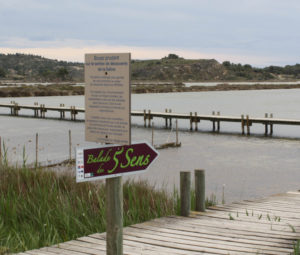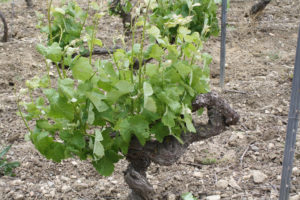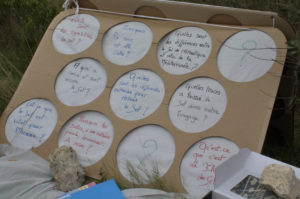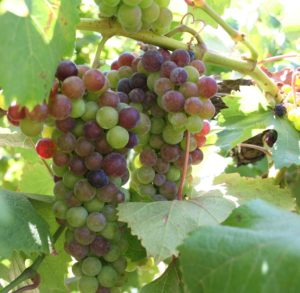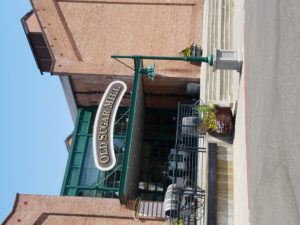
Mention wine tasting in northern California, and the obvious destinations come to mind. Napa, Sonoma, Lodi, Livermore Valley, Mendocino…just to name a few. Ask about Clarksburg and you might get some puzzling looks. Others realize the area as a great place to grow Chenin Blanc grapes. But, they don’t really know much else. And, they might not realize it’s also a great place to taste wines.
Locals knew the area before grapes were the main crop.
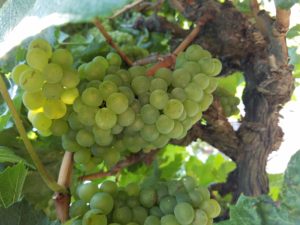
Sugar beets used to be harvested on the same area where rows and rows of grapes now sit. The Old Sugar Mill was constructed in 1934 by the Amalgamated Sugar Company, and was an operating sugar mill until 1993. At its peak, they processed 900,000 tons of sugar beets into 100,000,000 pounds of sugar.
That’s a whole lot of sweet.
Fast forward to today. The beautifully restored, red brick buildings sit surrounded by perfect rows of grapes…not fields of sugar beets. It took some work. Transformation from the Old Sugar Mill and its processing of sugar beets to what we see today began in 2000. With new owners and investment partners, the property has been transformed into a showplace wine facility.
It’s like the transition to wine tasting was a natural progression.
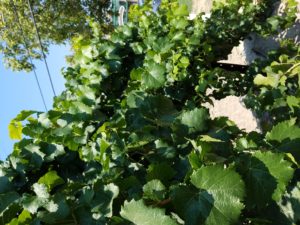
Currently, the Clarksburg vineyard appellation encompasses almost 60,000 acres in a 16-mile long, eight-mile wide area. This appellation is home to over a dozen wineries, 13 of which call the Old Sugar Mill home…Clarksburg Wine Company, Heringer Family Estates and Vineyard, Todd Taylor, Three Wine Company, Carvalho Family Winery, Elevation Ten, Rendez-Vous Winery, Due Vigne Di Famiglia, Draconis by Matt Powell, Perry Creek Winery, Bump City, Batia Vineyards, and Seka Hills Winery.
Wine varietals from all over northern California, some of which include Zinfandel, Cabernet Sauvignon, Barbera, Tempranillo, Chardonnay, Chenin Blanc, and Sangiovese. In fact, there are ovver 35 different varietals grown here. Wineries from other parts of California buy grapes from here to bottle wines under their own labels.
Tasting the wines…I can see why.
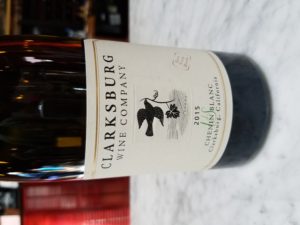
The climate for the Clarksburg AVA creates a moderately long growing season with plenty of airflow and light. Located on the Sacramento River, this maritime influence of the Delta offers cool evenings, warm days, limited summer fog, and a significantly less probability of spring frost. Less rainfall is a good thing as well. Not having rain during critical growing stages, like late spring, depletes the ground water faster.
Good? You bet. The vines become stressed sooner and the flavors increase. Try it for yourself.
